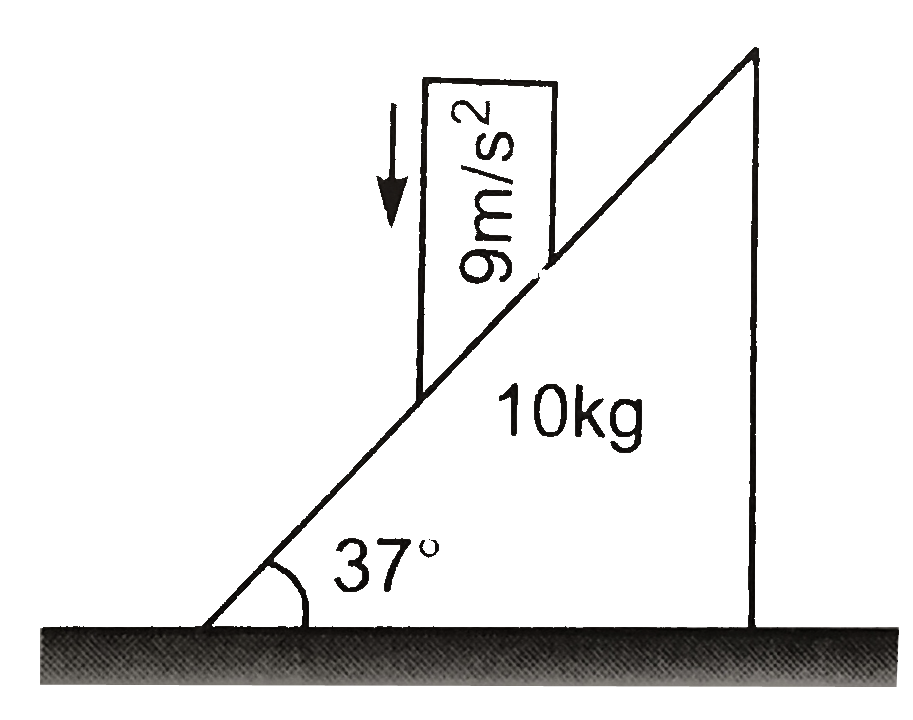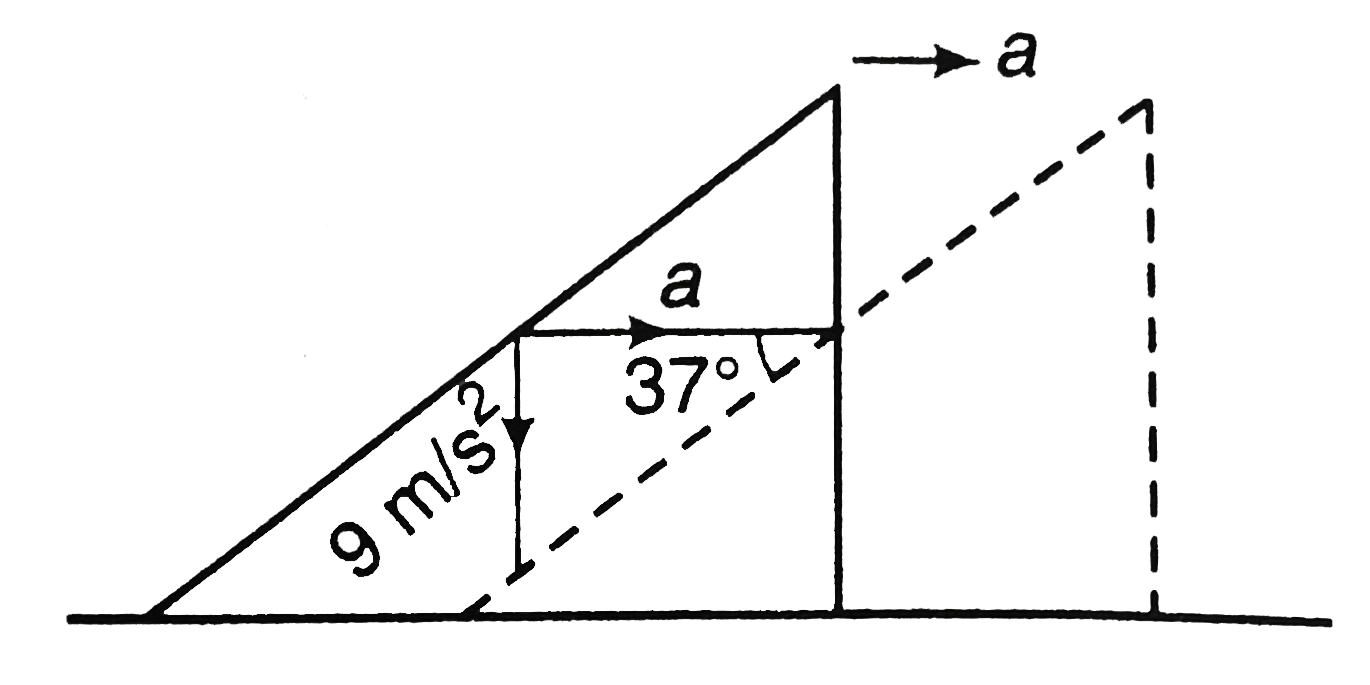A
B
C
D
Text Solution
Verified by Experts
The correct Answer is:
|
Topper's Solved these Questions
LAWS OF MOTION
DC PANDEY|Exercise Comprehension|9 VideosView PlaylistLAWS OF MOTION
DC PANDEY|Exercise Subjective Question|27 VideosView PlaylistLAWS OF MOTION
DC PANDEY|Exercise Single Correct|90 VideosView PlaylistKINEMATICS 1
DC PANDEY|Exercise INTEGER_TYPE|15 VideosView PlaylistLAWS OF THERMODYNAMICS
DC PANDEY|Exercise Level 2 Subjective|18 VideosView Playlist
Similar Questions
Explore conceptually related problems
Knowledge Check
Similar Questions
Explore conceptually related problems
DC PANDEY-LAWS OF MOTION-Objective Question
- In the system shown in figure all surface are smooth.Rod is moved by e...
03:26
|
Playing Now - A thin rod of length 1 m is fixed in a vertical position inside a trai...
03:21
|
Play - Mr. X of mass 80 kg enters a lift and select the floor he wants .The l...
04:21
|
Play - A partical when projected in vertical plane moves along smooth surface...
04:50
|
Play - Two block Aand B each of same mass are attached by a thin inextensible...
02:38
|
Play - Three blocks are kept as shown in figure Acceleration of 20 kg block w...
07:56
|
Play - A sphere of redius R is ibn contact with a wedge. The point of contact...
04:04
|
Play - In the figure it is shown that the velocity of lift is 2 m s^(-1) whil...
03:54
|
Play - A monkey pulls the midpoint of a 10 cm long light inextensible string ...
05:28
|
Play - In the figure shown the block B moves with , velocity 10 ms^(-1). The ...
04:52
|
Play - In the figure m(A) = m(B) = m(C) = 60 kg. The coefficient of friction ...
05:49
|
Play - In the figure shown the accelerationof A is a(A) = (15 hati + 15 hatj)...
03:27
|
Play - Two blocks A and B each of mass m are placed on a smooth horizontal su...
02:44
|
Play - Two block A and Bmove along a semicircular wire frame as shown in figu...
03:44
|
Play - If the coefficient of friction between A and B is mu, the maximum acce...
08:53
|
Play - A livotad beam of negligible mass has mass suspended from one end and ...
04:58
|
Play - A block of mass m sides down an inclined right angled trough .If the c...
03:22
|
Play - If force F is increasing with time and at t=0, F = 0, where will slipp...
06:50
|
Play - A plank of mass 2 kg and length 1 m is placed on horizontal floor.A sm...
05:17
|
Play - The block each of mass 1 kg are placed as shown .They are connected by...
04:30
|
Play

